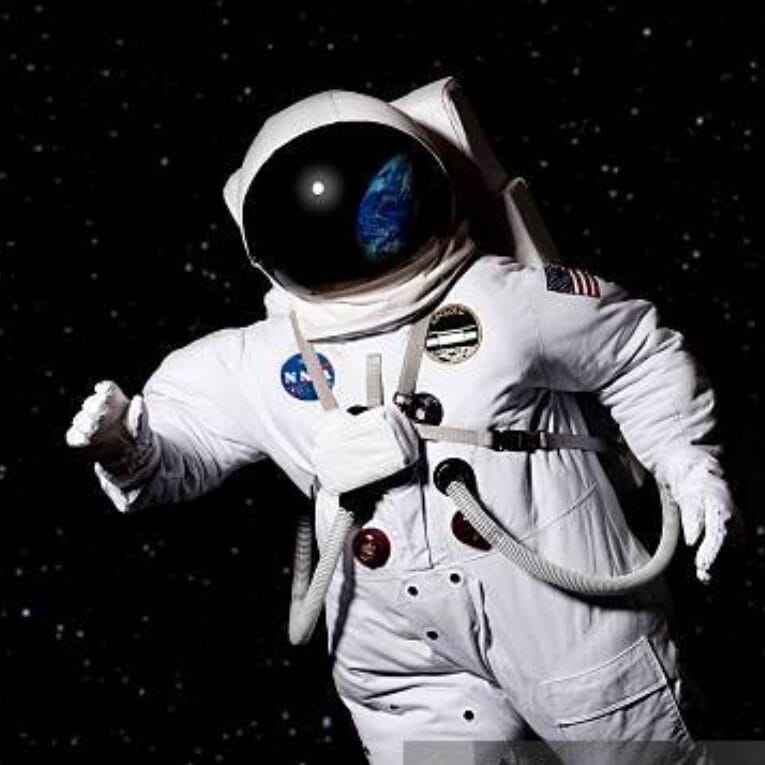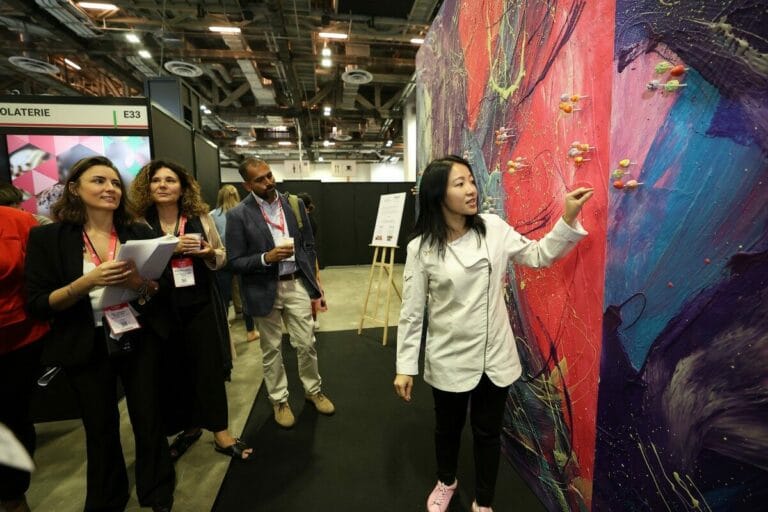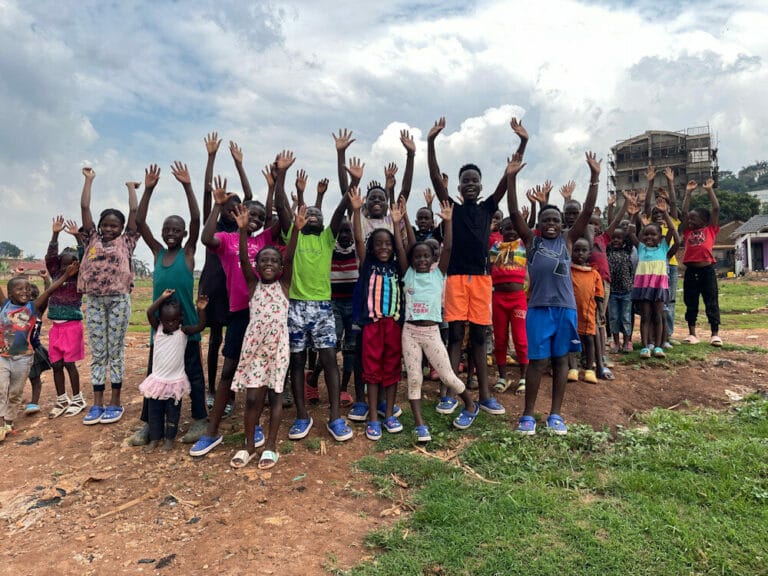Fifty-six years ago, people across the world watched grainy television footage of two humans taking their first steps on the Moon. Now, as families look up at that same Moon, they’re imagining something different, a future where the spacesuits worn beyond Earth represent not just one nation’s achievement, but humanity’s shared journey into the space.
This vision moved closer to reality with the founding of a company creating what they call autonomous exploration spacesuits. Their first design, the ‘One World’ spacesuit, carries a message that goes far beyond technical specifications, it’s about what unites us when we’re floating in the darkness of space.
Spacesuits: Not Just for Astronauts
Most people think of spacesuits as bulky white outfits, but they’re actually personal spacecraft that astronauts wear. Each suit contains a complete life support system – a backpack that supplies oxygen, removes carbon dioxide and circulates cooling water through tiny tubes woven into an undergarment. The helmet is a rigid bubble that limits neck movement, while joints allow arms and legs to bend despite the internal pressure trying to inflate the suit like a balloon.
Wearing one feels like being inside a pressurised tent while carrying a large backpack, with forces pushing your body in unexpected directions. Modern spacesuits combine soft and hard components to provide mobility whilst keeping astronauts alive in the vacuum of space. Every movement requires effort, especially at first, though astronauts learn to move efficiently within these wearable spacecraft.
Rolf Erdmann, who leads New Horizons Spacesuits with support from other spacesuit systems engineers and Menas Global Holdings, sees suits that go beyond current limitations. ‘Autonomous spacesuits are more than highly marketable, iconic symbols of humans in space, that are advanced, wearable spacecraft in an anthropometric form essential for life support, mobility, communications & telemetry in any space environment outside of the mothership Earth,’ the company explains.
What Makes the ‘One World’ Suit Different
The name tells the story. Whilst most spacesuits bear flags, mission patches or agency logos, the ‘One World’ design represents something broader – shared human experience rather than national achievement. This philosophy isn’t accidental; it’s rooted in understanding that space changes how we see ourselves and each other.
The company plans to showcase this vision in the upcoming Tolerance City, where scientists and spiritual leaders will gather to explore what unites humanity as we push toward establishing colonies on the Moon and other planets. ‘When we are working together in space, we focus on what we have in common as human beings, and no longer on our regional, cultural, or religious differences on our Spaceship Earth,’ Erdmann notes.
This approach reflects growing understanding that technology symbols in spaceflight can represent unity beyond borders. The International Space Station already shows this principle, involving collaboration among 15 nations and demonstrating how shared work in space can transcend earthly divisions.
Better spacesuits matter for reasons that extend far beyond professional astronauts. Current spacesuit development faces significant challenges including mobility limitations, size accommodation issues and the need for independent operation during long missions to Mars where communication delays make Earth-based support impossible.
The possibility that regular people might one day visit space – whether for tourism, work or settlement – makes these advances personally relevant. Women are already leading space missions and breaking down barriers about who belongs in space.
There’s something powerful about seeing unity reflected back from space. When astronauts work together in orbit, their cooperation becomes visible to everyone watching from below, creating a sense of shared possibility and wonder.
Art, Community and Space
Alongside the spacesuit development, New Horizons is creating ‘Giant Leap’, a piece of art that will evolve with their suit designs. This artwork will be tokenised, allowing people worldwide to own a piece of humanity’s next chapter in space exploration. The concept turns space exploration from something distant and institutional into a shared cultural experience.
By making the art accessible to everyone, the project invites participation in humanity’s space journey. It’s recognition that whilst only a few people will wear these suits, the endeavour belongs to all of us. The art piece, they explain, ‘shall resonate through the eons, just like the Apollo 11 Mission’s spacewalk is the Apollo Program’s most celebrated moment’.
A Legacy of Cooperation
The timing of New Horizons Spacesuits’ founding carries weight. This July marks the 50th anniversary of the Apollo-Soyuz mission, when American and Soviet spacecraft docked in orbit during the height of the Cold War. On 17 July 1975, astronaut Thomas P. Stafford and cosmonaut Alexei Leonov shook hands through an open hatch, creating a lasting symbol of cooperation.
That mission included a United Nations flag as recognition of all humankind’s achievements beyond national accomplishments. The handshake between former adversaries became a powerful demonstration that even superpowers could set aside differences for humanity’s benefit.
Erdmann directly references this legacy: ‘It’s not by coincidence, that New Horizons Spacesuits is formed during the week of the 50th anniversary of the Apollo-Soyuz mission, when two great adversaries – Soviet Union and USA, were able to overcome their differences and rivalries for the greater good by docking together in Space.’
These spacesuits and the symbols they carry represent more than protection from the vacuum of space. They show what it means to be human together in a universe that transcends any single country, culture or religion. When someone puts on a spacesuit, they’re not just preparing for a dangerous environment, they’re joining a tradition of exploration that belongs to all humanity.
The ‘One World’ concept recognises that Earth itself is a kind of spacecraft, carrying all of us through space together. From orbit, the artificial boundaries that divide us on the surface become invisible, whilst our shared dependence on this blue marble becomes undeniable.
As families across the world look up at tonight’s Moon, they might imagine future footprints in that dust, footprints made by people wearing suits that represent not conquest or competition, but humanity’s collective journey toward the stars.






